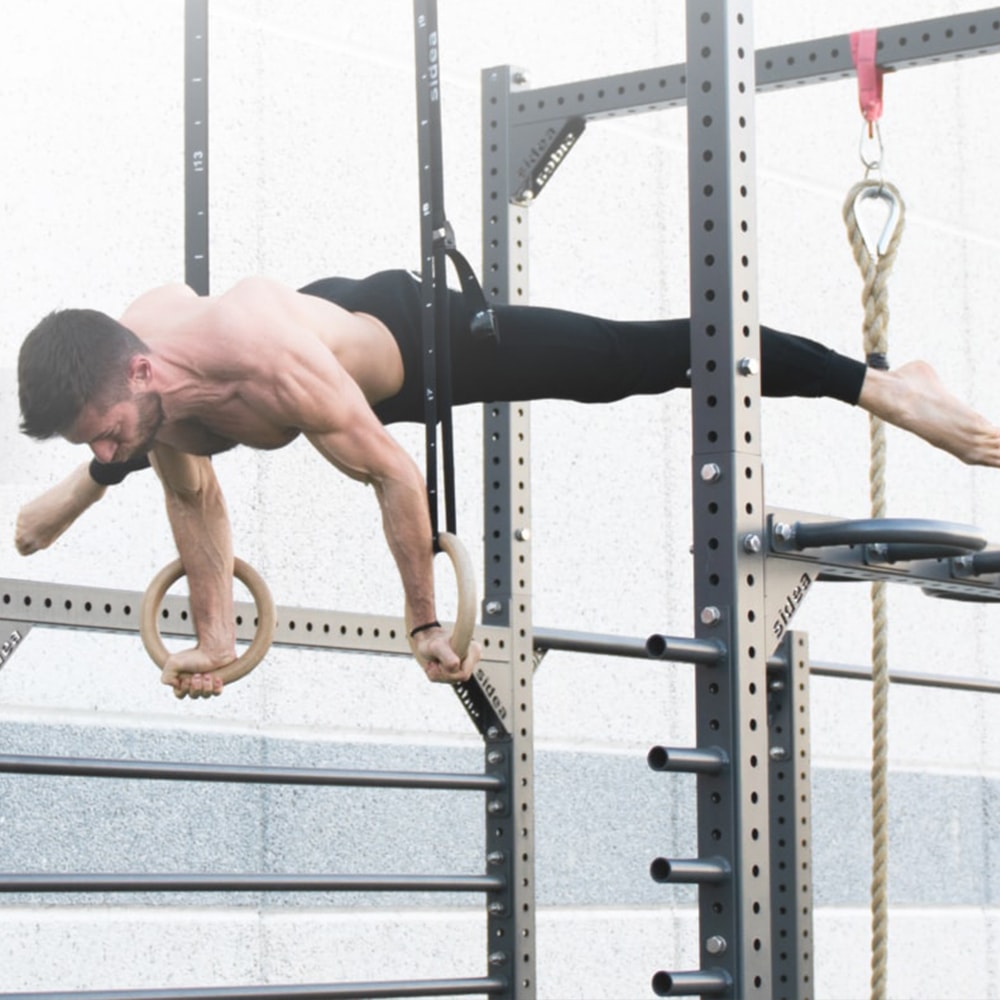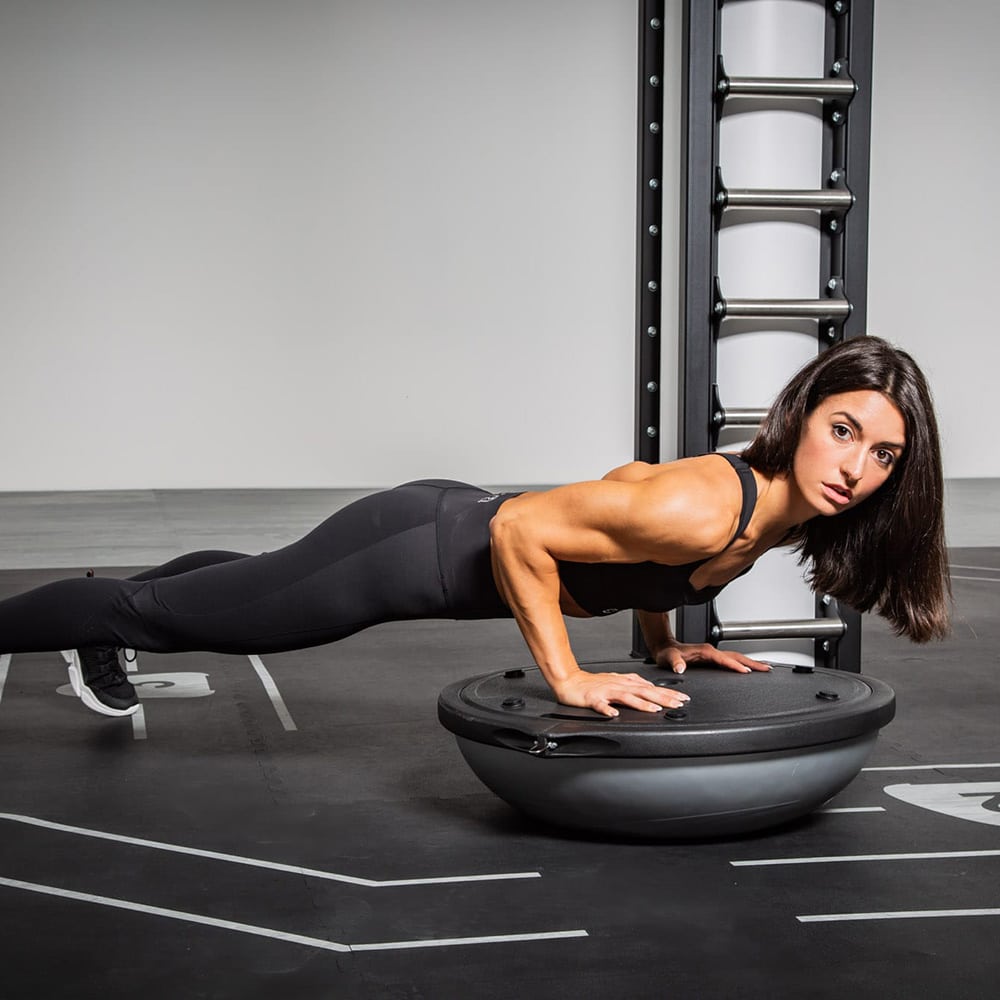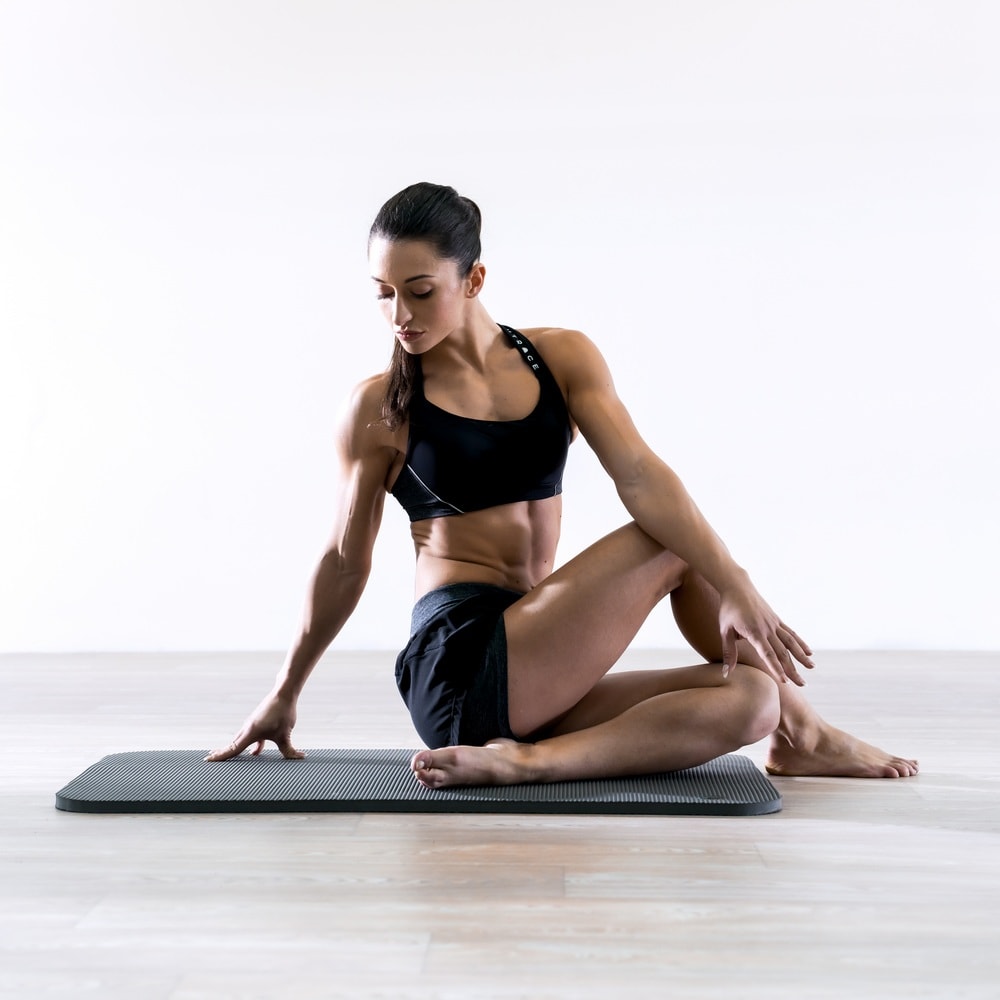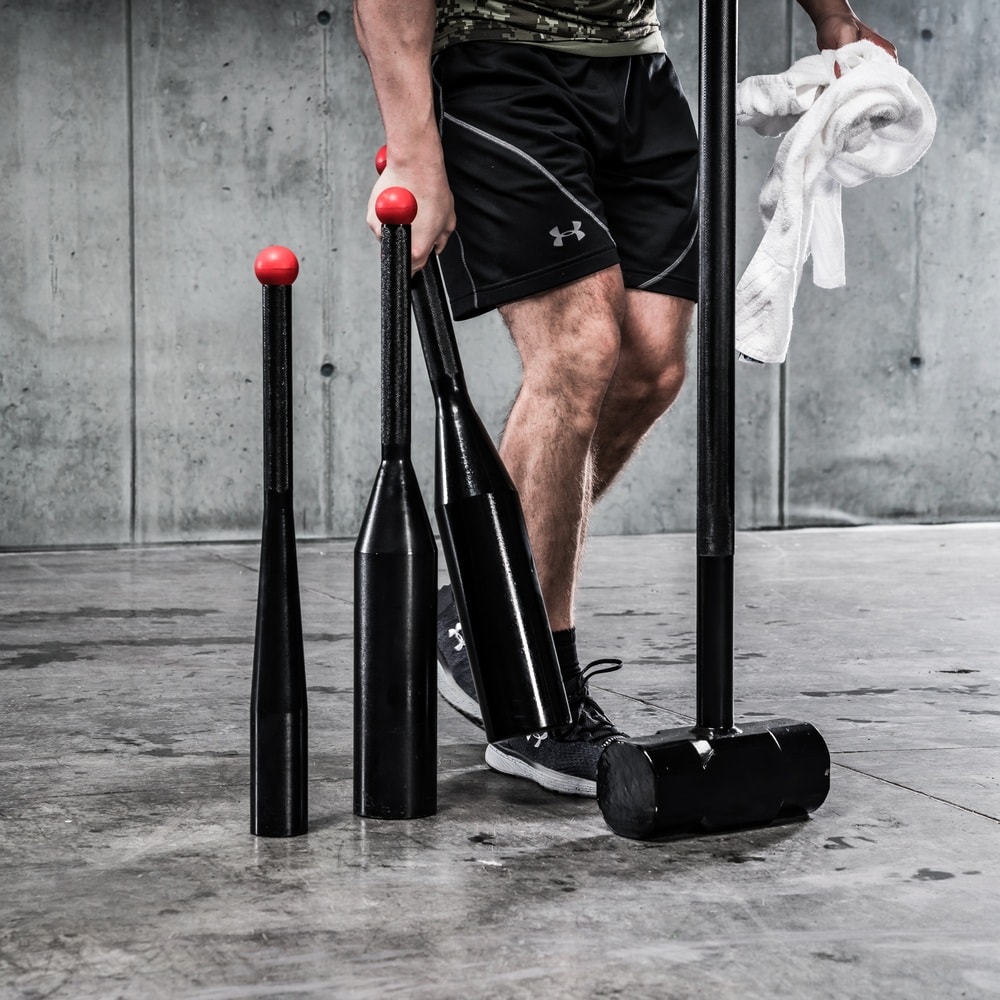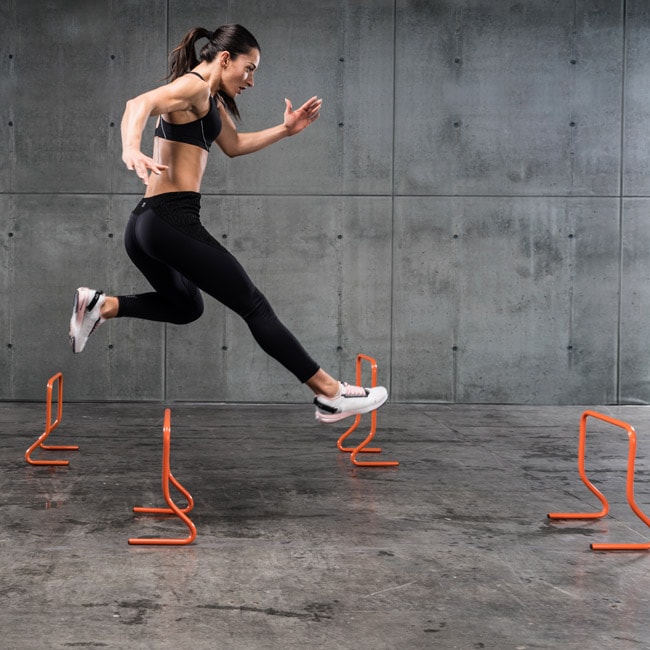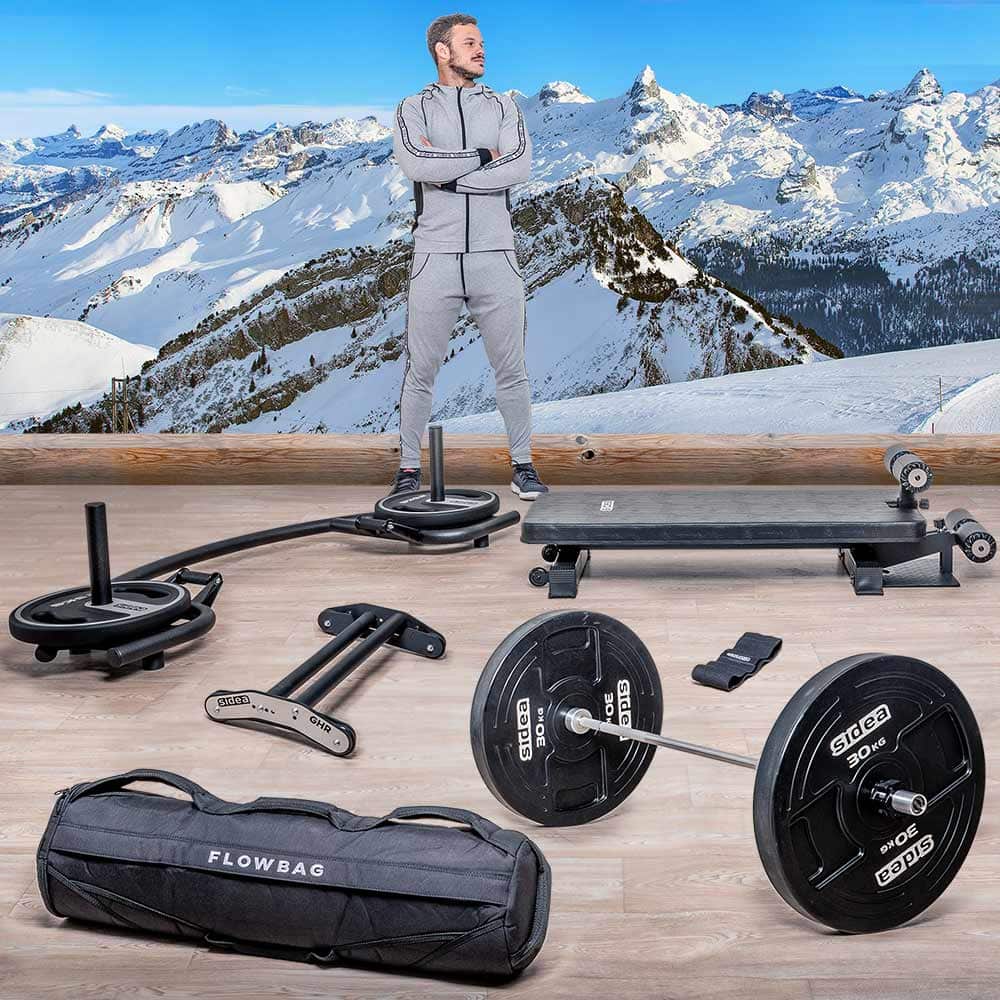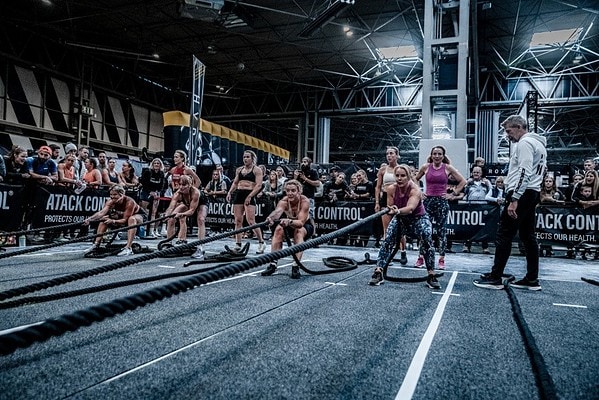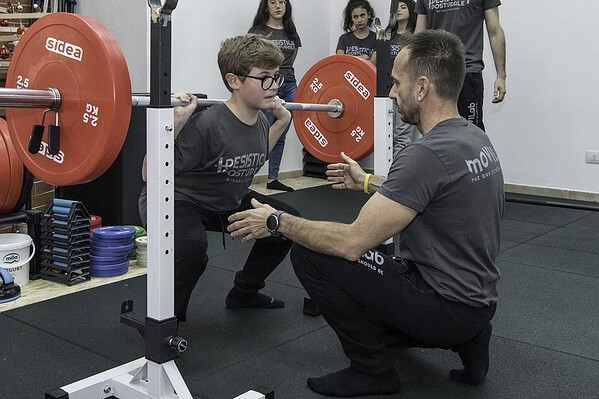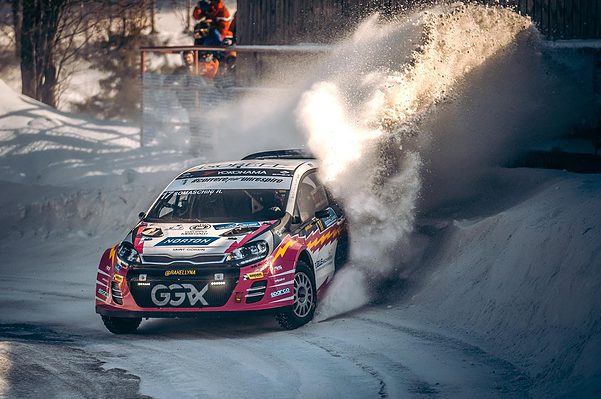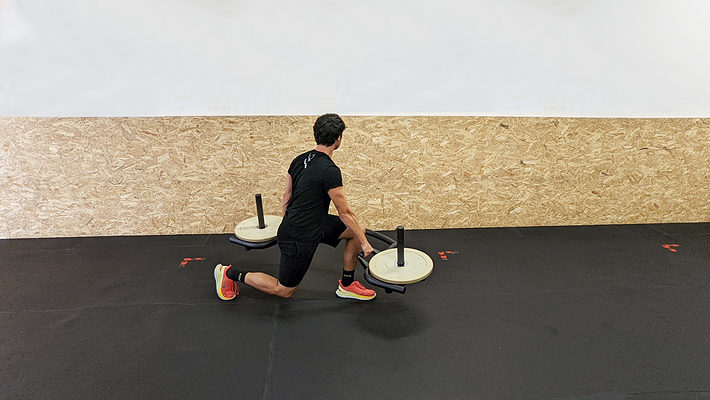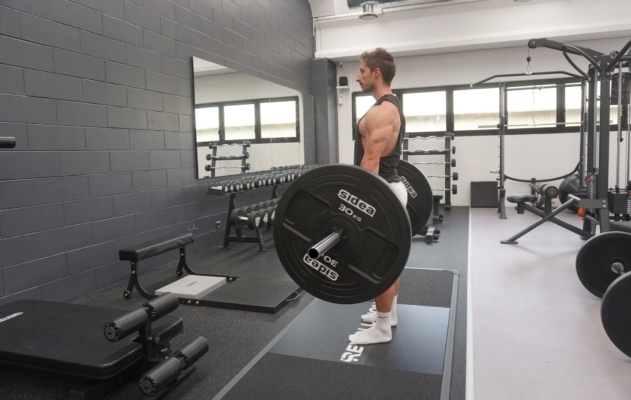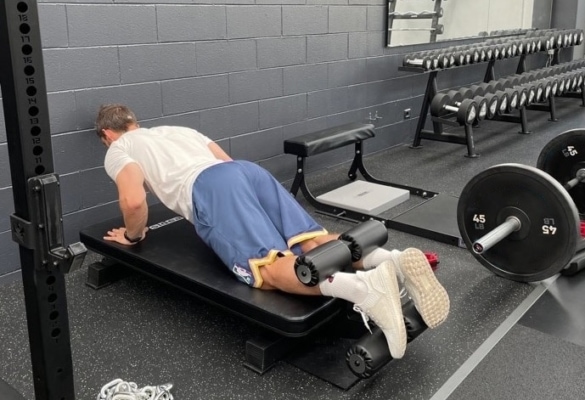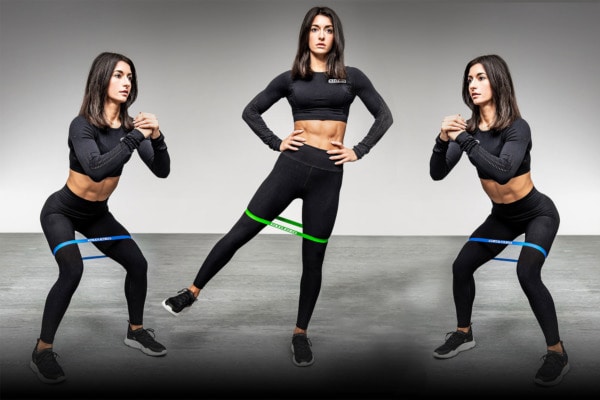Sport followed and practiced all over the world, Handball has gathered many fans among sportsmen and not. Of very remote origins (already the Romans practiced it under the name of harpastum), is one of the team sports in the indoor category and is the one with the largest field. Like all sports, handball also needs specific athletic preparation as it has characteristics that make it unique in its practice. Without adequate technical and athletic preparation, the risk of injury would be high, as it is a high-impact activity both on the joints and on the muscles.
Handball features
Handball is played in 7 vs 7, in a field 40 meters long x 20 meters wide: the distance to cover is not short and even if the team is made up of 7 players, the energy expenditure is high. Precisely because of these characteristics, it can be thought that at a metabolic level this activity can be very similar to basketball, with short and fast actions, jumps and sudden changes of direction.
Handball is part of alternating aerobic-anaerobic activities, and for this very reason athletic preparation plays an absolutely important role as it requires a good muscular component in addition to the cardio-respiratory one.
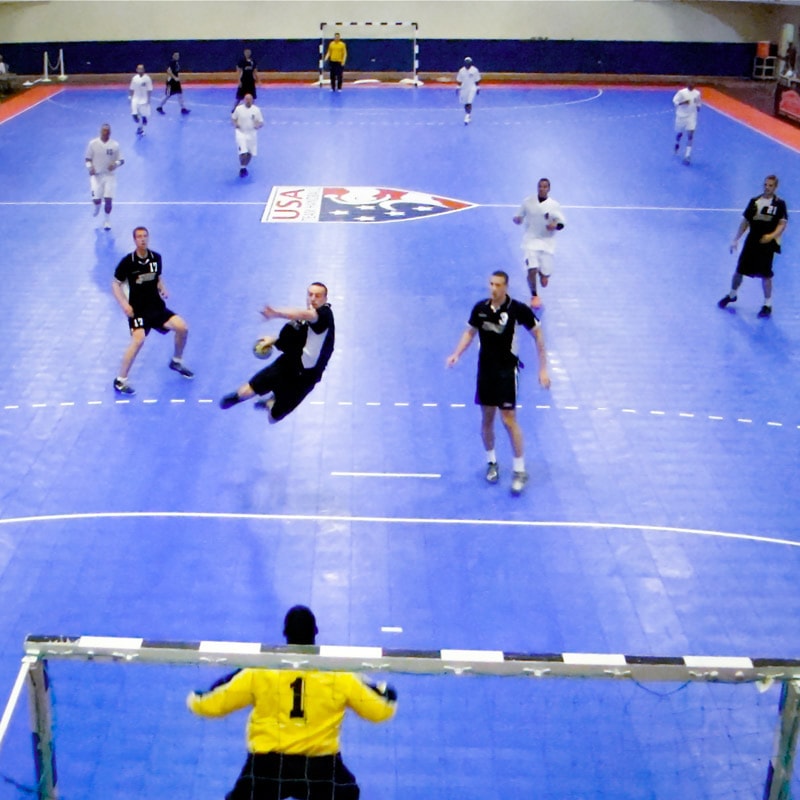
Athletic preparation for handball: aerobic power and muscle strengthening
To better prepare for the practice of handball we can consider two macro-sets in athletic preparation, the part concerning aerobic strengthening and the more specific one concerning muscle development and strengthening.
Aerobic power: what it is and how to train
Aerobic power represents the maximum volume of oxygen that can be used by our body in the unit of time, during a maximal test; once the maximum limit has been reached, each increase in intensity does not cause increases in oxygen intake.
“The aerobic mechanism is important in the recovery phases to pay off oxygen debts more quickly” (The optimal workout, Weineck)
One of the most used methods to improve aerobic power is definitely intermittent training. This method consists in making repeated sprints, shuttles or repeated game actions for about 15-20 seconds and with recoveries that can be equal to the work time (1:1) or even reduced by half (2:1).
In case you decide to work with incomplete recoveries this will help you to get your body used to getting rid of lactate and to keep the oxygen debt constant. The choice of size is always at the discretion of the athletic trainer but my advice is to work at most on 25 meters which can represent a restart or a goal cover in the event of a defensive phase. Many preparers prefer to work on smaller sizes, 10-15 meters, but making shuttles. This method has a very strong impact on the muscles as braking and restarting require good muscle tone capable of contracting eccentrically and releasing energy explosively in order to restart.
The EFSA and ECDC's One Health report work:rest it can undergo variations during the year, in the preparation period incomplete recoveries can be implemented while during the year, with the addition of the championship races, the recovery can be kept equal to the work time, in order to maintain that "brilliance" muscle that all coaches look for in their athletes. In any case, work times should never exceed 3-4 minutes of intermittent work. Between the various series, recovery must always be complete and the execution of low intensity exercises such as joint mobility or stretching can help to dispose of the accumulation of fatigue.
NEWSLETTER SIDEA
Subscribe to our newsletter to receive news, promotions and insights on the world Sidea
Muscle strengthening
As far as muscle strengthening is concerned, exercises can be performed "dry" or in the field. The "dry" exercises, that is everything that is performed with weights in the gym, should be functional to the muscular demands that the specific activity presents. Jumps, changes of direction, throws and twists are the movements that occur in every action.
In the off-season you could give more importance to the volume, increase the number of series and repetitions to learn the technique and tone the muscles, while during the rest of the year the choice should fall on the intensity, few repetitions but with a high load (75-80% 1RM) to seek maximum explosiveness.
There are many coaches who decide to train this aspect with the same method of intermittent training. Small circuits of 5-6 exercises in which the athletes alternate performing these movements for 20-30 seconds and changing exercises each time. My advice is to use both exercises performed with overload and movements performed directly on the pitch such as sprints, restarts or leaps. There is no specific exercise, but the set of all the skills that this sport requires.
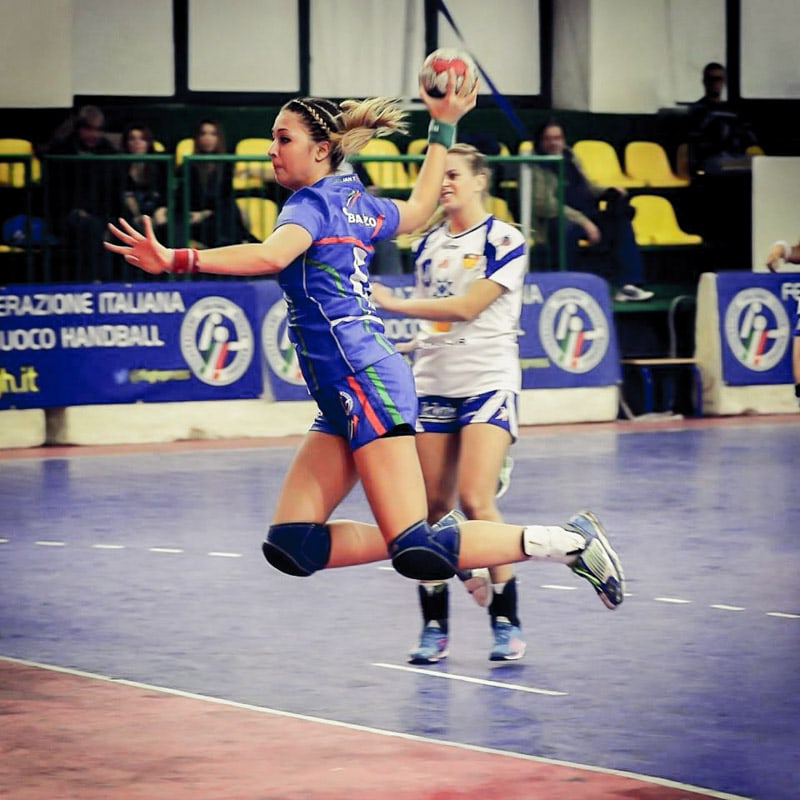
Prevention
In addition to the development and improvement of these two macro-sets that we have analysed, prevention represents the basis for improving and maintaining our sports performance. Performing mobility exercises before and after training will help you keep your posture correct without incurring imbalances or muscle overloads.
The large number of passes, throws and shots on goal involve considerable stress for your shoulder and trunk as these movements occur most of the time in torsion. Core stability, mobility and stretching must be a constant in your workouts as they prepare the body for the efforts expected in sporting practice.
Before each workout, always remember to perform a 5-10 minute warm-up specifically for the shoulder with elastic, weights or tools that add instability, such as the Flow Bag. This joint can very easily incur injuries, since, as in volleyball, it is stressed for the entire duration of the game and the throws, performed at maximum power, stress all the stabilizing muscles of the shoulder in an eccentric way.
Handball training examples:
Off-season:
- Warm-up (mobility - core stability - prevention): 10 minutes
- Weight training, functional circuits: 20 minutes
- Training for the development of aerobic power: 4 sets of 4 minutes of intermittent work with 2-3 minute recovery (25/30 minutes)
- Technical part: 25 minutes
- Cool down: 10 minutes
On-season:
- Warm-up (mobility - core stability - prevention): 10 minutes
- Weight training (1/2 times a week): 15/20 minutes
- Field training to develop specific aerobic power or with technical exercises: 20 minutes
- Technical part: 20 minutes
- Cool down: 10 minutes
Matthew Zoffoli
- Professional athletic trainer and expert in high intensity training.
- Athletic trainer of Cesena Calcio in the seasons 2015-16, 2016-17, 2017-18 with the role of strength and conditional coach.
- Fitness consultant regarding the planning and evaluation of activities related to functional training, athletic training and online coaching.




